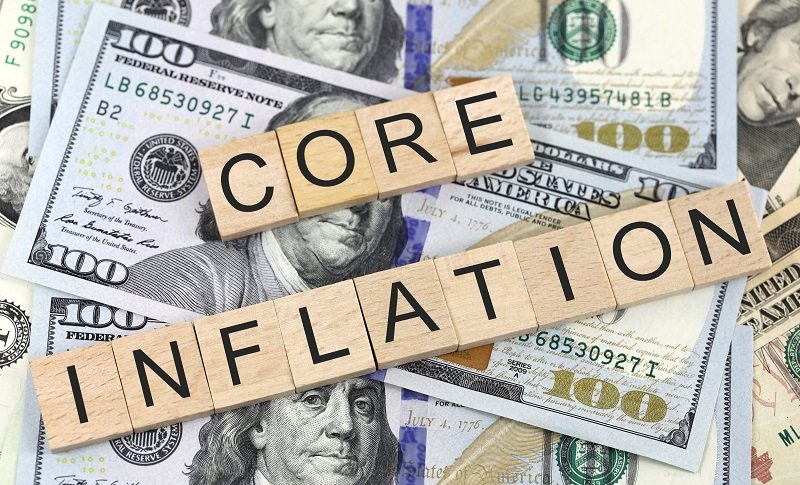AUDUSD Retests the 100 Weekly SMA Despite Soft Australian Services
Last week, AUDUSD hit a new high for 2024 as risk sentiment improved following the FOMC’s 50 basis point rate cut. We took advantage of this by going long and issuing a buy signal for AUD/USD. The pair gained more than 1 cent over the course of the week as markets digested the Fed’s dovish move, leading to a weakening of the US dollar, which significantly contributed to AUD/USD’s rally.

Cautious Markets Ahead of the RBA Meeting
Today, Australian manufacturing and services figures were released. Despite this, market participants remain cautious ahead of tomorrow’s RBA meeting, where no immediate rate cuts are expected. However, there’s always the potential for a dovish stance, which could influence market sentiment. The bulk of last week’s gains for AUD/USD came from US dollar weakness, and on Thursday, the pair hit a fresh high at 0.68384. However, it struggled to hold momentum above the critical resistance zone near 0.6823, leading to a minor pullback but finishing the week above 0.68.
AUD/USD Chart Weekly – The 100 SMA Held As Resistance Last Week
On the weekly chart, the first major resistance zone for AUD/USD is the 100 SMA (red), located around last week’s high of 0.6840. The next key level is the 0.69 resistance zone. Should the price break and hold above these levels, buyers could maintain positive momentum. On the flip side, failure to breach these levels may trigger profit-taking and downward movement.
Manufacturing and Services Data
Australia’s August manufacturing and services data was released today, with manufacturing figures revised lower for July and services revised higher. Traders will be watching these numbers alongside the RBA’s decision to gauge the next possible move for AUD/USD.
Australian Services and Manufacturing PMI Report for August
August Preliminary Manufacturing PMI:
- Fell further into contraction, reaching 46.7 points (July: 48.5).
August Services PMI:
- Decreased but stayed in expansion at 50.6 points (July: 52.5).
Composite PMI:
- Slipped into contraction, coming in at 49.8 points (July: 51.7), driven by manufacturing’s decline.
- Report Summary:
- Manufacturing: Registered its lowest index reading outside of the pandemic period, showing deep contraction.
- Household Savings: Households appear to be saving more government stimulus than anticipated, affecting economic activity.
- Economic Rebalancing: The Australian economy is gradually aligning supply and demand at current cash rates.
- Employment: PMIs suggest slowing job growth, with September employment barely in growth territory (50.8). This contrasts with official job growth data, which shows robust hiring, especially in care and education sectors.
- Price Pressures: Output price index dropped to its lowest since January 2021, approaching pre-pandemic levels, though margin pressures remain.
- Input Prices: Despite a decline in the input price index, it remains above pre-pandemic averages. Future consumer inflation depends on a potential household spending rebound, though current demand indicators remain weak, suggesting margin pressures could persist through FY25.
The August PMI data indicates growing challenges for Australia’s manufacturing sector, which continues to contract sharply, pulling the overall economy into slight contraction. While the services sector remains in expansion, its momentum is slowing. The data suggests that households are saving more than spending, contributing to weaker economic activity. With price pressures easing and job growth slowing, Australia appears to be gradually balancing supply and demand. However, lingering margin pressures and subdued consumer demand suggest that economic headwinds may persist into FY25.
AUD/USD Live Chart
🏆 7 Best Forex Brokers
| Broker | Website | |
|---|---|---|
| 🥇 |  | Visit Broker |
| 🥈 |  | Visit Broker |
| 🥉 |  | Visit Broker |
| 4 |  | Visit Broker |
| 5 |  | Visit Broker |
| 6 |  | Visit Broker |
| 7 |  | Visit Broker |










